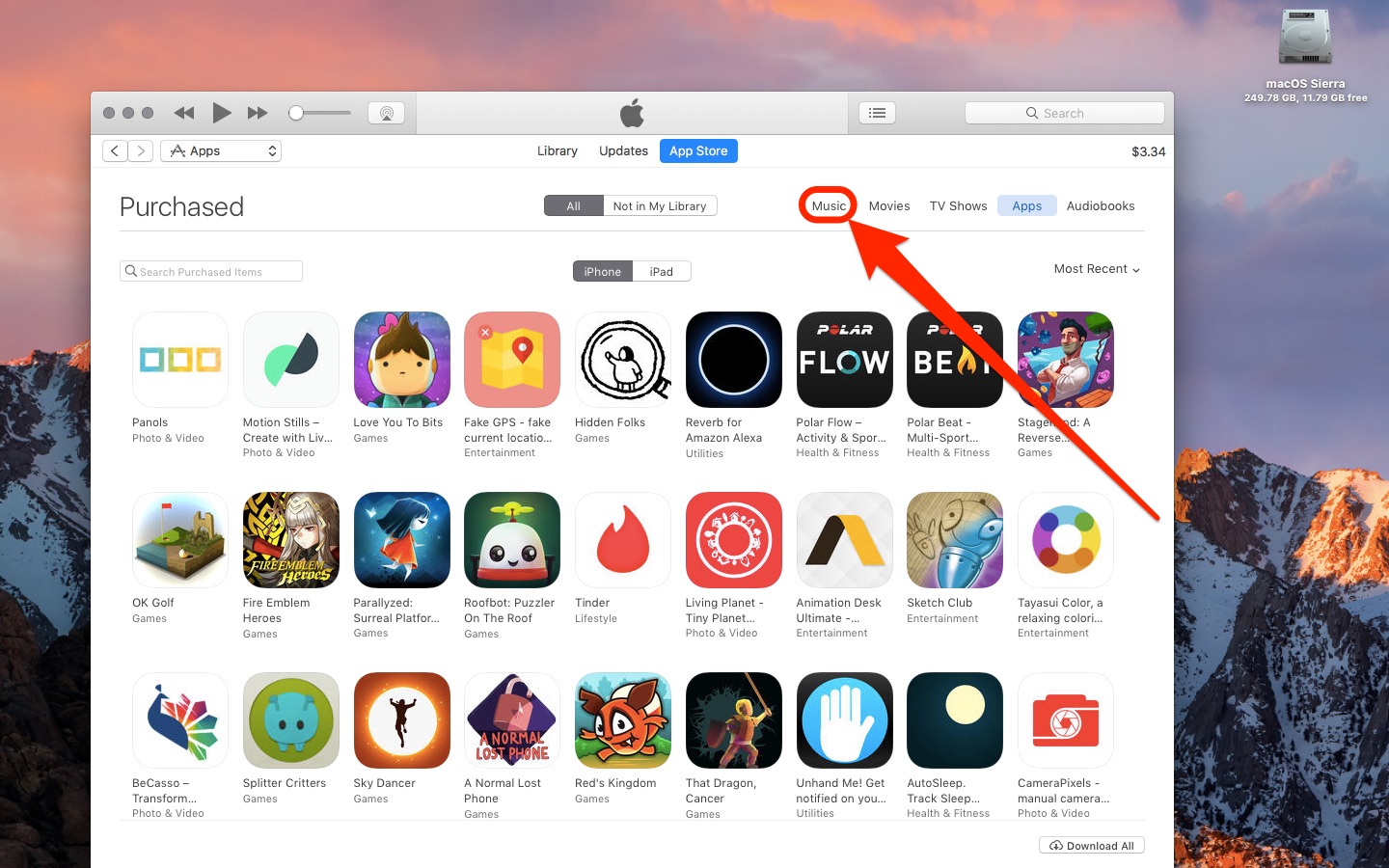How to install Creative Cloud apps on a new computer
Download Mac To New Computers
Sign in to creativecloud.adobe.com/apps, then click Download for the app you want to install.
Looking for the Creative Cloud desktop app? It installs automatically with your first app. If you prefer, you can download it directly.
Double-click the downloaded file to begin installation.
Once the installer window opens, sign in to your Adobe account. The Creative Cloud desktop app launches automatically and installs your app.
If you are already signed in to Creative Cloud on two other computers, you are prompted to sign out from any one of them.
To install more apps, click Install for the app in the Creative Cloud desktop app.
Jan 16, 2020. Global Nav Open Menu Global Nav Close Menu; Apple; Shopping Bag +. Search Support. Getting a Replacement Download for FTM 2014 or FTM for Mac 3 Free updates for FTM 2014 and FTM for Mac 3 users How to partially export or split a file in Family Tree Maker for Mac FTM 2014 Crashes or Closes Unexpectedly Export and Import of GEDCOM Files in Family Tree Maker Moving files from FTM 2012-2014 to a new PC with FTM 2014.1 Moving files from FTM 2008-2011 to a new PC with FTM. A download is pretty much useless if you can't find it on your Mac. But that won't be a problem for you, because we're about to discuss multiple quick and easy ways to locate files on your.
Your individual Creative Cloud license lets you install apps on more than one computer and activate (sign in) on two. However, you can use your apps on only one computer at a time. For more information, see On how many computers can I use my Creative Cloud subscription?
In this case, you can also sign out using your Adobe accounts page.
If you receive an 'Activation limit reached' or 'Sign-in failed' error, see Creative Cloud 'Activation limit reached' or 'Sign-in failed' error.
More like this
Migration Assistant copies all of your files to your new Mac so that you don't have to copy your files manually.
- If your files are currently on a Windows PC, follow the PC migration steps instead.
- If your new Mac is using OS X Mountain Lion v10.8 or earlier, follow the Mountain Lion migration steps instead.
Check software, settings, and power

- Install all available Apple software updates on both Mac computers. Install any updates for your third-party apps as well.
- Make sure that your old Mac is using OS X Lion or later.
- Make sure that your old Mac has a computer name: Choose Apple menu > System Preferences, then click Sharing and check the Computer Name field.
- Connect both computers to AC power.
Connect the computers to each other
- If both computers are using macOS Sierra or later, just make sure that they're near each other and have Wi-Fi turned on. If either is using OS X El Capitan or earlier, connect them to the same network using Wi-Fi or Ethernet.
- Or connect them using target disk mode and the appropriate cable or adapter. Then start up your old computer in target disk mode.
- Or connect your new Mac to a Time Machine backup of your old Mac.
Use Migration Assistant
On your new Mac:
- Open Migration Assistant, which is in the Utilities folder of your Applications folder.
- Click Continue.
- When asked how you want to transfer your information, select the option to transfer from a Mac, Time Machine backup, or startup disk.
- Click Continue.
On your old Mac:
If you started your old Mac in target disk mode or are migrating from a Time Machine backup, skip these four steps.
- Open Migration Assistant.
- Click Continue.
- When asked how you want to transfer your information, select the option to transfer to another Mac.
- Click Continue.

On your new Mac:
- When asked to select a Mac, Time Machine backup, or other startup disk, click the appropriate icon.
- Click Continue. You might see a security code.
On your old Mac:
If you started your old Mac in target disk mode or are migrating from a Time Machine backup, skip these two steps.
- If you see a security code, make sure that it's the same code as on your new Mac.
- Click Continue.
On your new Mac:
- Choose the backup to transfer information from.
- Click Continue.
Continuing on your new Mac:
- Select the information to transfer from the backup.
- Click Continue to start the transfer. If you have a lot of content, the transfer might take several hours to finish.
Free Download Mac
In the example above, John Appleseed is a macOS user account. If you transfer an account that has the same name as an account on your new Mac, you're asked to rename the old account or replace the one on your new Mac. If you rename, the old account appears as a separate user on your new Mac, with a separate home folder and login. If you replace, the old account overwrites the account on your new Mac, including everything in its home folder.
After Migration Assistant is done, log in to the migrated account on your new Mac to see its files. If you're not keeping your old Mac, learn what to do before you sell, give away, or trade in your old Mac.